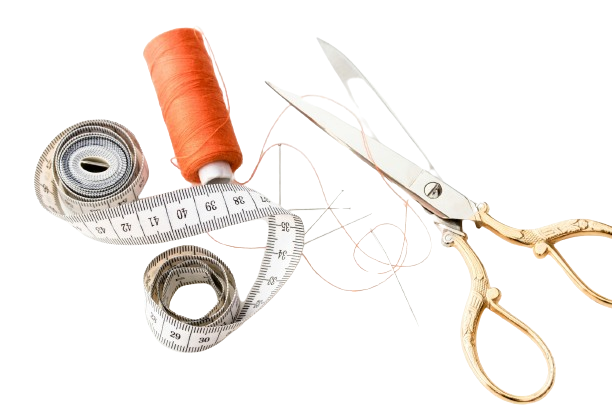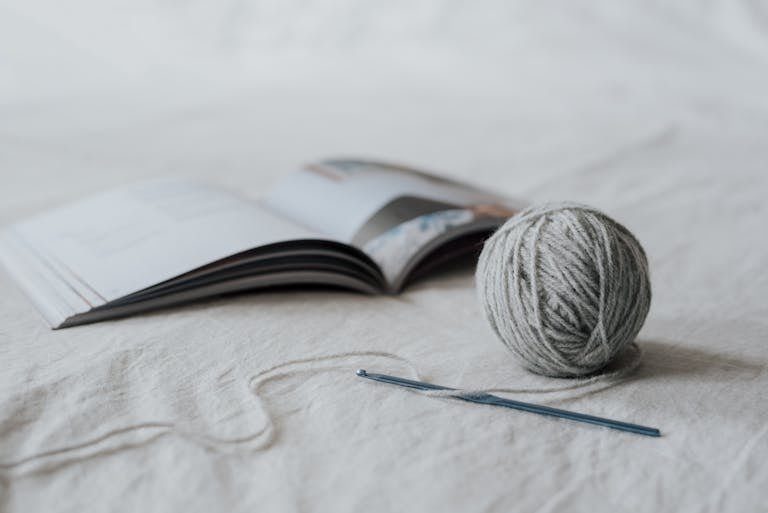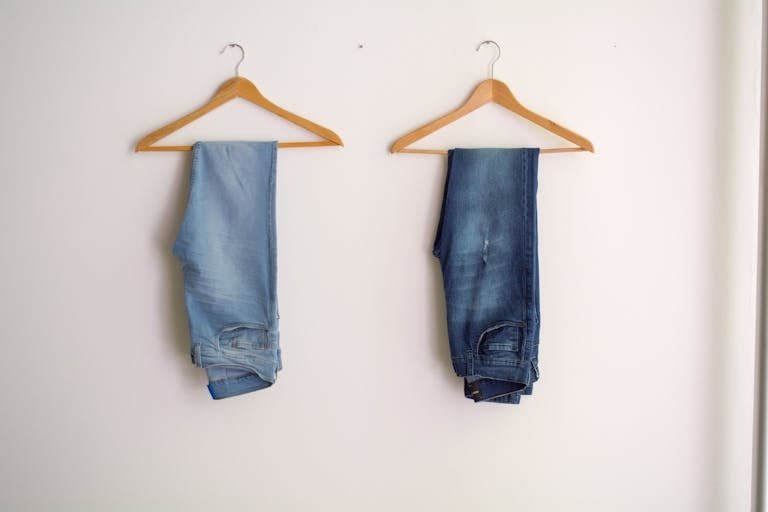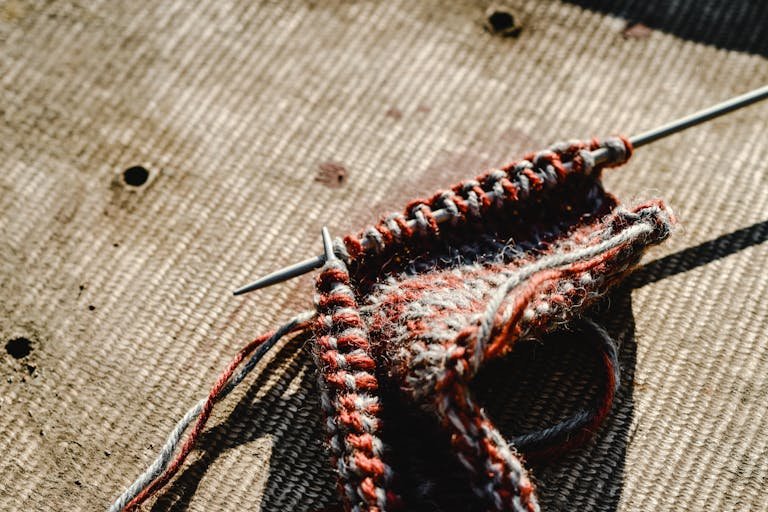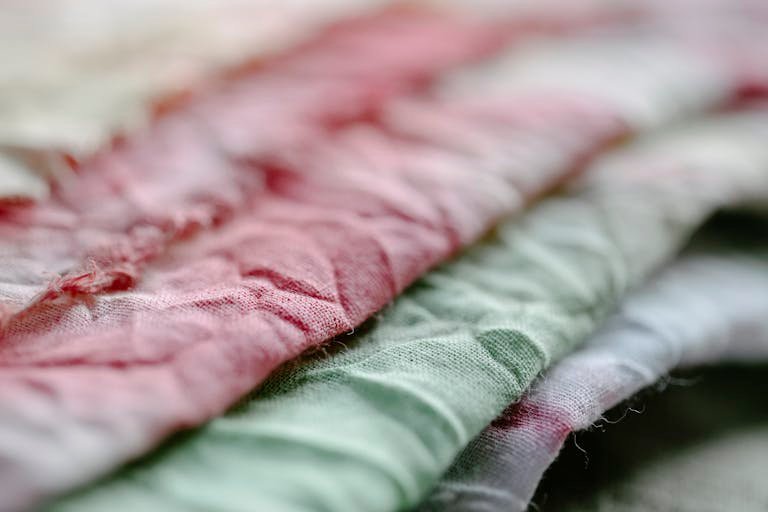Seal MDF Like a Pro: Ultimate Guide Before Painting
Medium Density Fiberboard also known as MDF is commonly used in numerous household projects and furniture construction owing to its low price, smooth finish, and easy workability. However, MDF can be tricky to paint because of its porous nature, which absorbs paint unevenly and can lead to an unsatisfactory finish.
Sealing MDF properly before painting is vital to ensure that you have a smooth, long-lasting, and professional finish on this material. Here is your detailed guide on How to Seal MDF Before Painting, the materials you will need, steps to prepare the surface, and ways to apply the sealer optimally, along with some helpful tips.
Understanding MDF and the Importance of Sealing
What is MDF?
MDF stands for Medium-Density Fiberboard, which is an engineered wood produced from wood fibers, wax, and resin. Through applying heat pressure combined with pressure the individual fibers are compacted in a dense smooth well-knit board. MDF is highly utilized in furniture making, cabinetry, shelving, and mainly in other woodworking activities because of its easy workability and relatively cheap cost.
Why Sealing MDF is Essential
MDF has an open pore structure, and sealing it is vital because of this. MDF that is not sealed soaks up paint and moisture poorly which results in a poor surface texture and could swell or get damaged. Proper sealing minimizes the amount of absorption so that the paint can adhere better, and also makes the painted appearance more durable.
Materials Needed for Sealing MDF
Before you begin the sealing process, gather the following materials:
- MDF board
- Wood filler
- Sandpaper (120-grit, 180-grit, and 220-grit)
- Tack cloth
- MDF sealer (primer or shellac)
- Paintbrush or roller
- Drop cloth
Step-by-Step Guide to Sealing MDF
1. Prepare the MDF Board
Fill Gaps and Holes
When the MDF board is ready to be sealed, ensure that it is checked for gaps, holes, or any other flaws. These areas should be covered using wood filler. Spread the filler with a putty knife and level it to the surrounding surface so that it blends well. Allow the filler to dry as per the instructions that come with the filler before proceeding to the next step.
Sanding
Sanding is crucial for a smooth finish. Follow these steps for optimal results:
- Start with 120-grit sandpaper: Sand the entire surface to get rid of rough surfaces and raised areas.
- Progress to 180-grit sandpaper: This step is useful in attaining a smoothing of the microstructure.
- Finish with 220-grit sandpaper: For a very fine finish on the surface, use sandpaper of grade 220.
Dust Removal
After sanding, wipe the MDF board with a tack cloth to remove all the particles of sand dust that may have accumulated on its surface. It is important to prepare the surface well to facilitate good adhesion of the sealer, the surface should be free from dust.
2. Apply MDF Sealer
Choose Your Sealer
MDF sealers can be either water-based or oil-based:
- Water-based sealers: These are often low-VOC, dry faster, and are much easier to clean up than more traditional forms of paint.
- Oil-based sealers: These provide better and longer-lasting sticking and heating but may be slow to dry and have a more pungent smell.
Application
- Slowly, pour the sealer into another paint tray.
- Employ a paintbrush or roller and apply a thin and even coat of sealer on all aspects of the MDF board, including the corners.
- Allow the sealer to dry up depending on the manufacturer’s instructions regarding the use of the sealer.
- For optimal results, apply a second coat of sealer. This makes sure that all the area is covered adequately and that there is good contact with the MDF.
3. Sand and Clean (Optional)
After the sealer dries, you may be surprised to find some raised grain or small imperfections. Although some of these marks may be visible under close examination, lightly sand the surface with 220-grit sandpaper to level these out. Finally, take a tack cloth and gently clean the surface in a circular motion to remove any dust.
Additional Tips for Sealing MDF
Ensure Proper Ventilation
When working with sealers and paints, make sure that your working area is well-ventilated. Make sure the windows and doors are opened and use a fan to create better air circulation. This also aids in the elimination of fumes and makes the working environment safer for everyone.
Pay Extra Attention to Edges
For example, the end grains of MDF boards are very susceptible to soaking up increased amounts of sealer and paint. Sand the edges until they are perfectly level with the main body of the work, then apply several layers of sealer to the edges to blend them in. This may require the use of a small brush to reach those areas of the car effectively.
Consider Using a Primer
However, it is advisable to apply a primer after sealing even though it may not be mandatory since it helps make the painting job smoother and more uniform. Primers are the preparations made to provide a leveled surface to the area that is to be painted so that the number of layers to be applied will be less and the quality will be better.
Test on a Small Area
It is important to carry out a patch test of the sealer or paint you intend to use on a less conspicuous part of the board. This will enable you to realize the correlation between the materials and make corrections where necessary, before finishing the whole surface.
Allow Ample Drying Time
Rushing the drying process can lead to an uneven finish and potential issues with paint adhesion. It is important to respect the drying times mentioned on the product label and remember that each layer of sealer and paint should be allowed to dry before applying the next one.
Read Also: How to Make Fake Blood at Home: 3 Effective Ways
Conclusion
The process of sealing MDF before painting is crucial to getting a perfect, long-lasting result. If followed according to this guide, the preparation of the MDF board, the application of the sealer, and sanding enable a smooth and even surface for painting. Just be sure to select the appropriate sealer for the application and always be mindful of the edges; using a primer can help as well.
By making sure that your MDF projects are well prepared and sealed, they will in the end have a professional look that is capable of withstanding a great deal of use.
